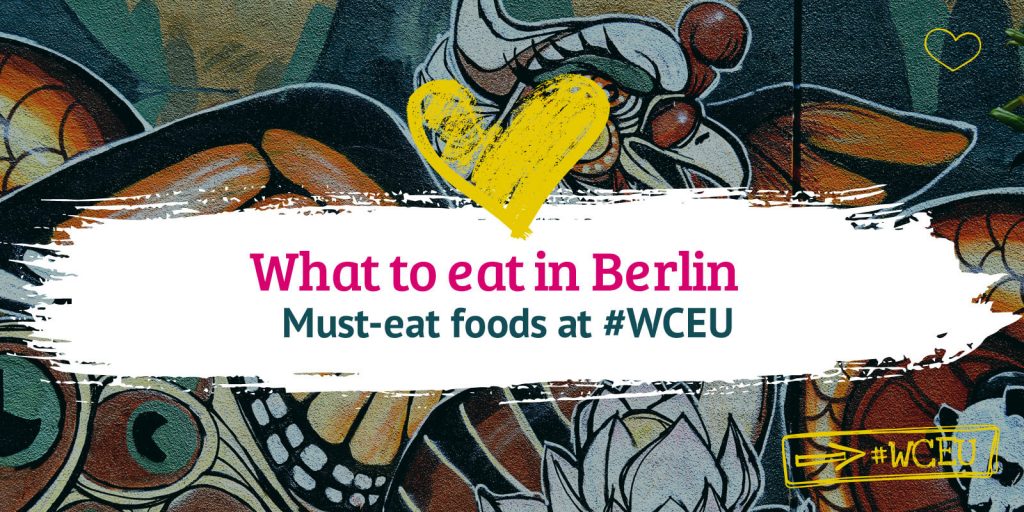
Must-eat foods at #WCEU
Germany is known for its food and beer, and Berlin – the host for WordCamp Europe 2019 – is a huge city with lots of options. We’ve prepared this primer to assist with choices.
During WCEU, of course, attendees will be provided with meals and beverages that cater to everyone’s dietary requirements. We’ll post menus on our blog just before the event.
In the meantime, we want to help plan your culinary adventures for times when you’re not at the venue.
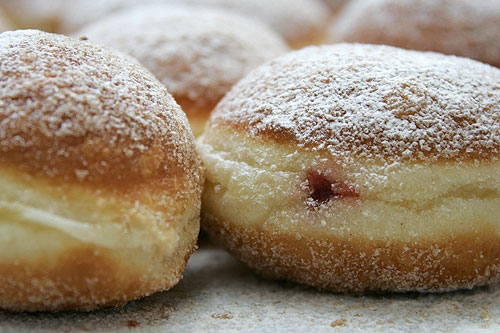
Pfannkuchen (also called a “Berliner” in other parts of Germany, but not in Berlin!), is a sweet fried dough filled with jam and dusted with sugar. Drool.
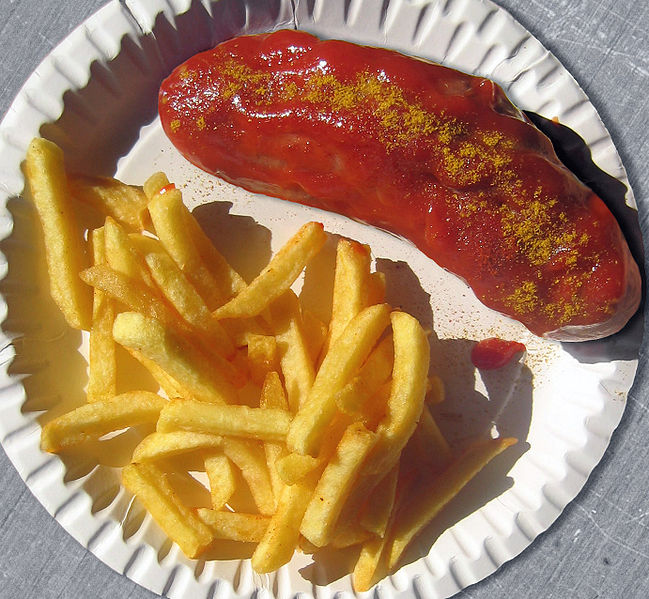
Currywurst is a pork sausage (bratwurst) seasoned with curry ketchup and more curry powder, and often served with chips. In Berlin, you’ll often find the sausage served without the casing or “gut.” This popular dish was invented in Berlin in 1949, and has been a staple ever since. Om nom nom!
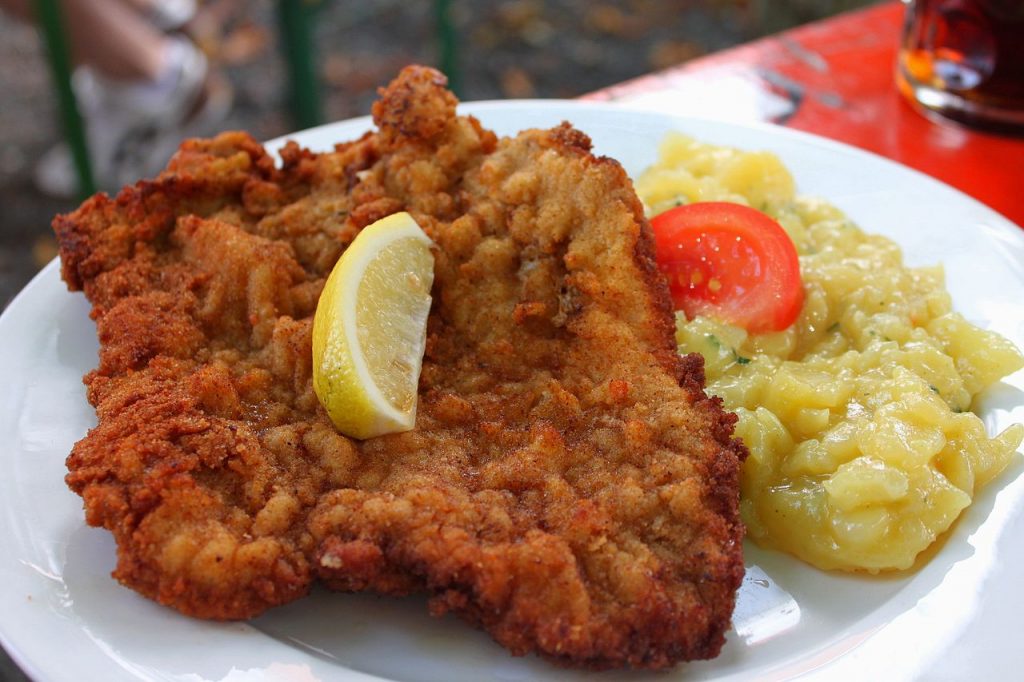
Schnitzel is a cutlet of meat that is often, (but not always) breaded and fried. Yum!
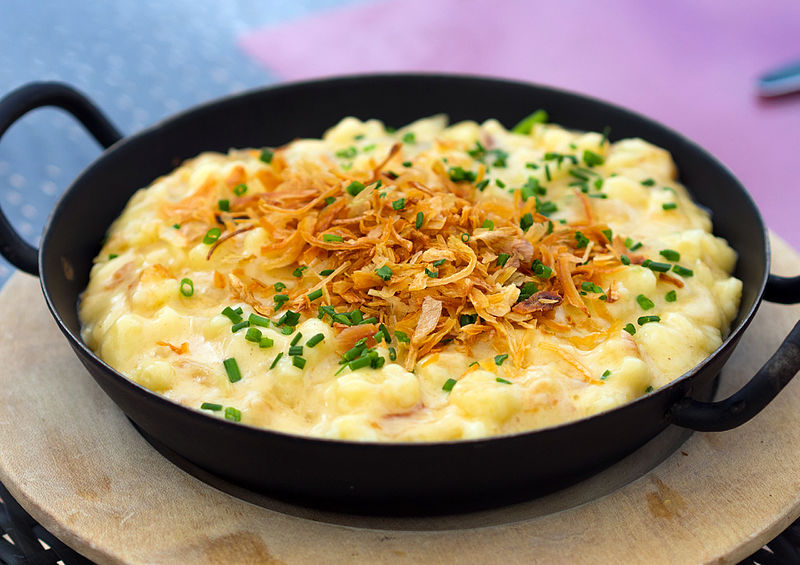
Spätzle, but especially Käsespätzle, which is German for “spätzle with cheese”. Käsespätzle is just that: Spätzle noodles, layered with grated cheese and baked until bubbling hot. Soooo lecker!
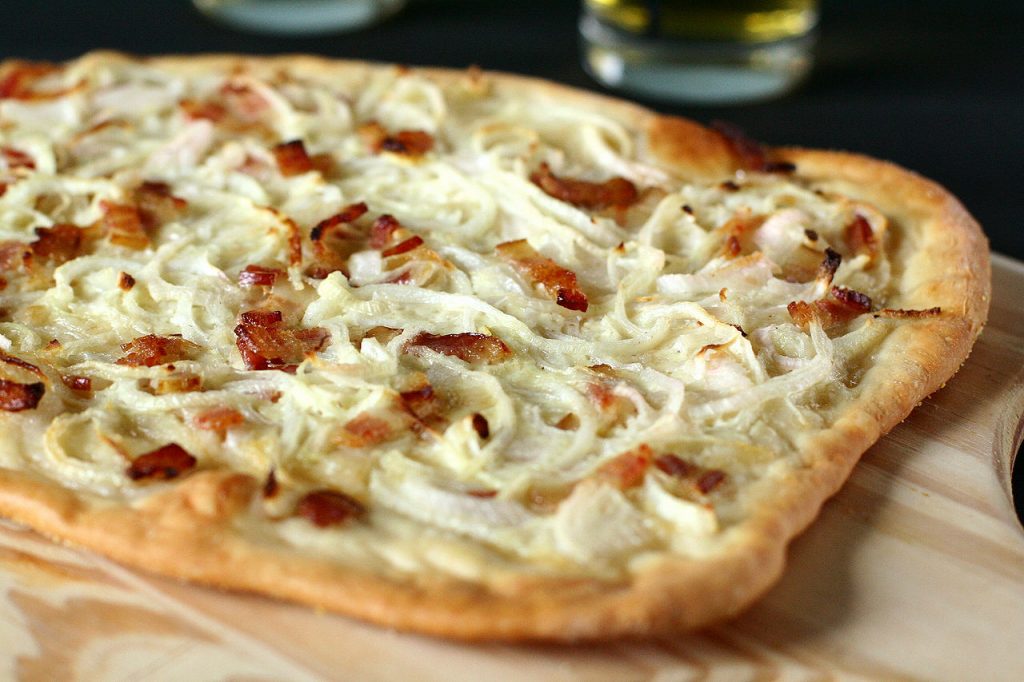
Flammkuchen, the equivalent of German pizza, is usually covered in white cheese sauce, thinly sliced onions, and pieces of smoked bacon. DID SOMEONE SAY PIZZA?
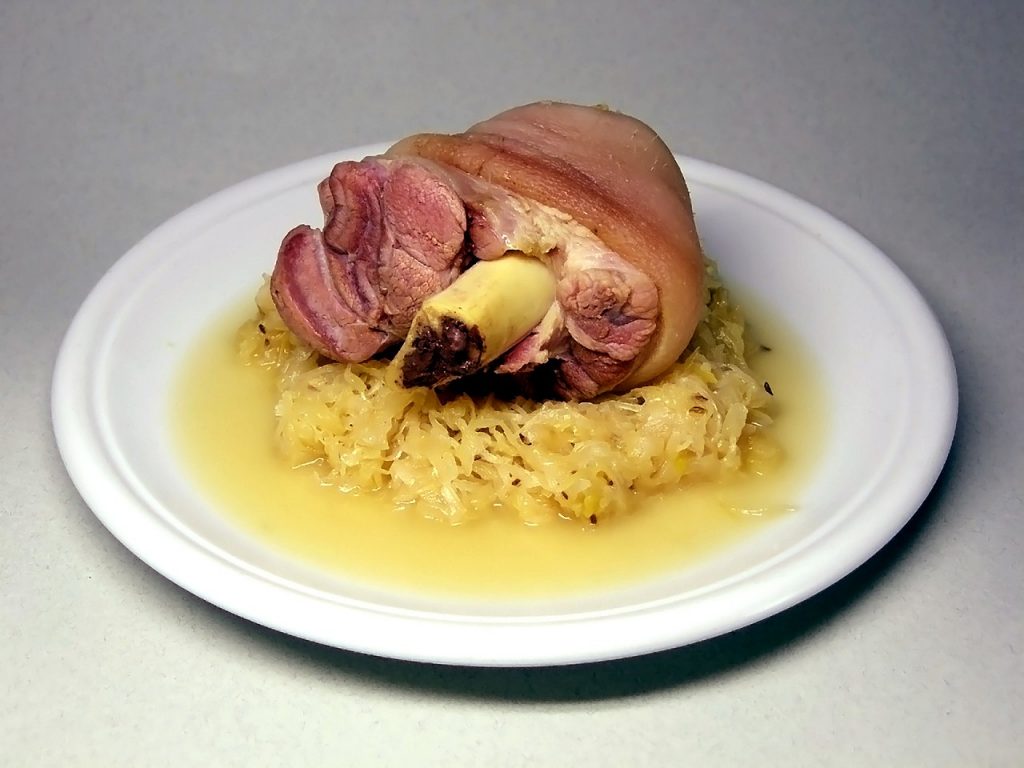
For those of you looking for a really traditional and typical Berlin dish, try Eisbein, a pickled, cured, and boiled ham hock. In Berlin, you’ll find it served with sauerkraut (fermented cabbage) and erbspüree, a porridge made with split yellow peas.
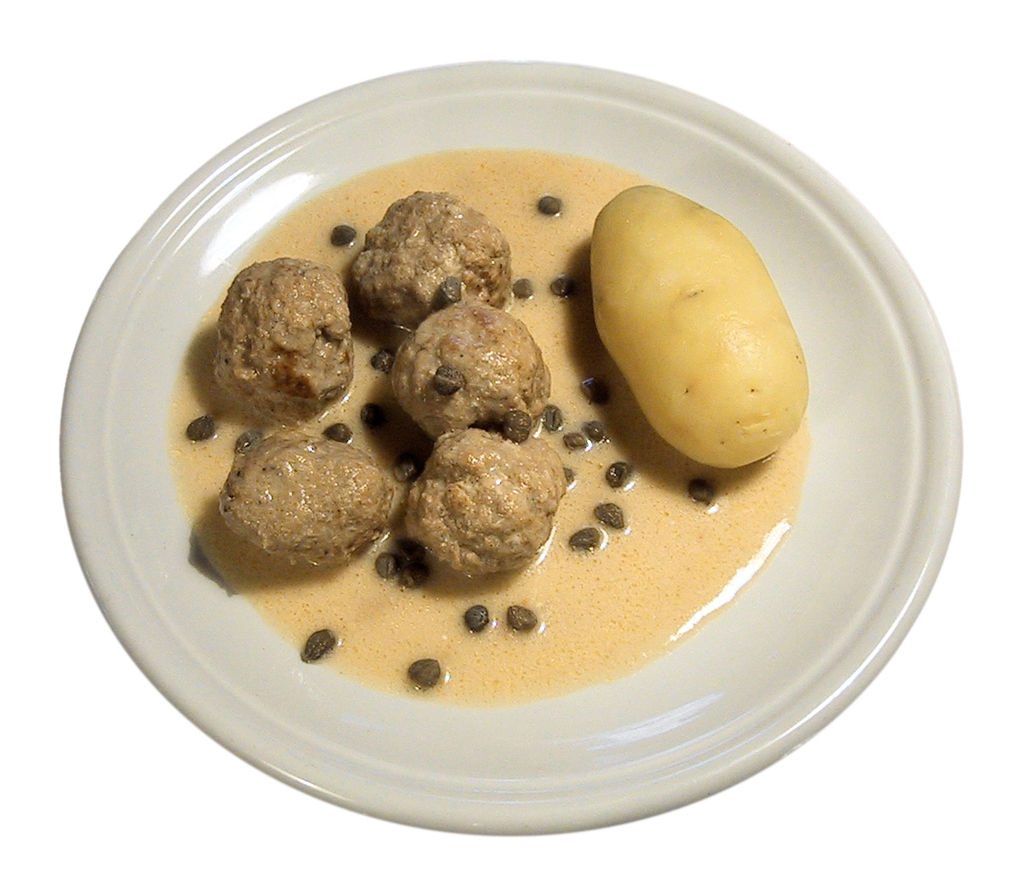
Königsberger Klopse, though technically Prussian, is a dish that is quite often associated with Berlin. These meatballs are served with a creamy white sauce and capers as an essential garnish. You’ll see it served with beets, potatoes, or maybe rice. Yum!
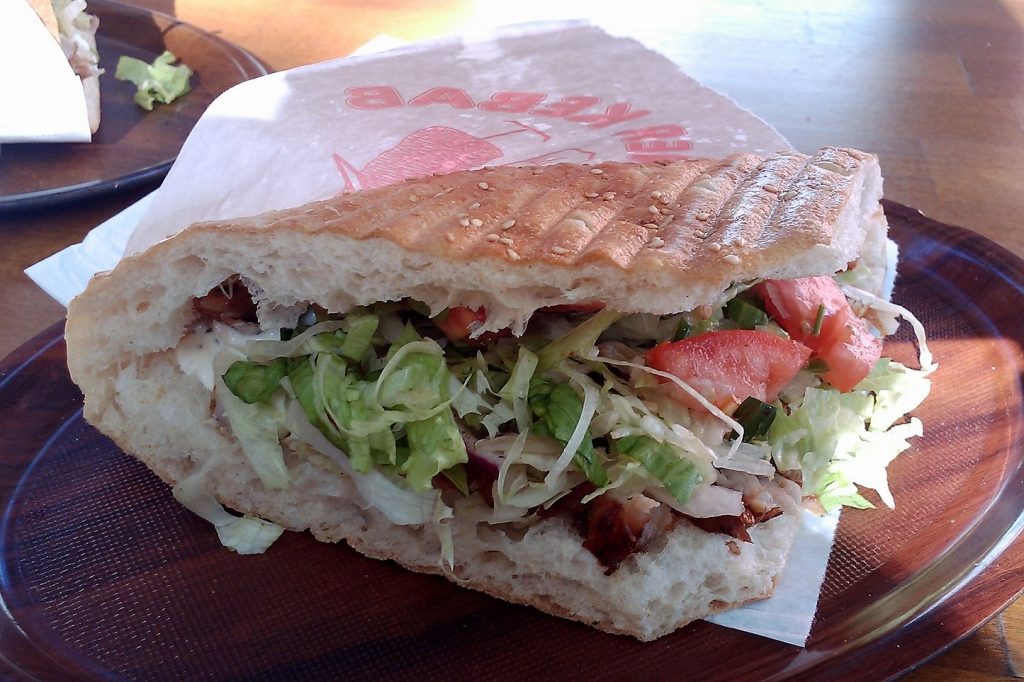
Although döner kebap are not traditionally German, they are closely linked with Berlin. The Turkish Döner Producers in Europe group claims that a Turkish person in Berlin is responsible for the widespread popularisation of the dish worldwide. You will find döner kebap all over the city, often available from multiple restaurants on larger intersections. These delicious wraps are made of rotisseried, seasoned meat, shaved and served in a flat bread. Köstlich!
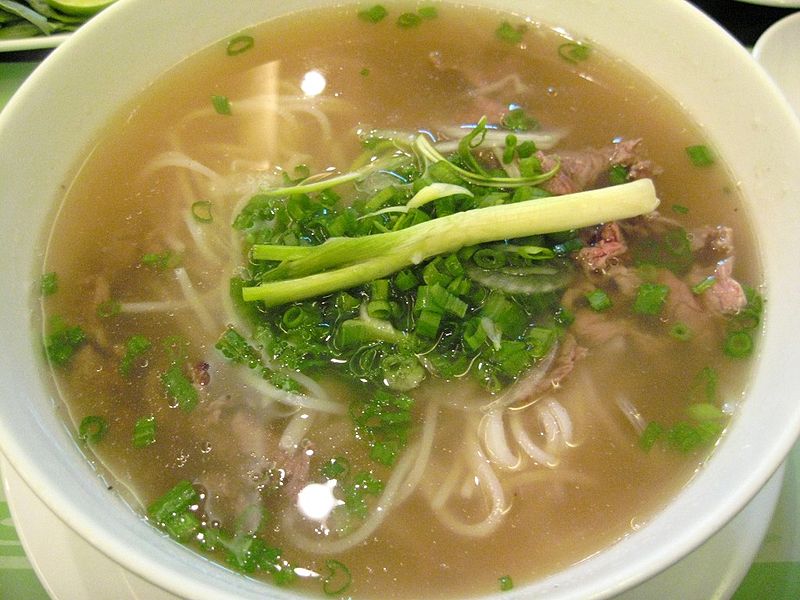
Vietnamese cuisine is also very popular in Berlin, thanks to the city’s large Vietnamese population. Try an older, family-run restaurant, or a more modern state-of the-art restaurant: you won’t be disappointed! Pictured above: pho, a hot soup consisting of rich broth, noodles, and meat. Dig in!
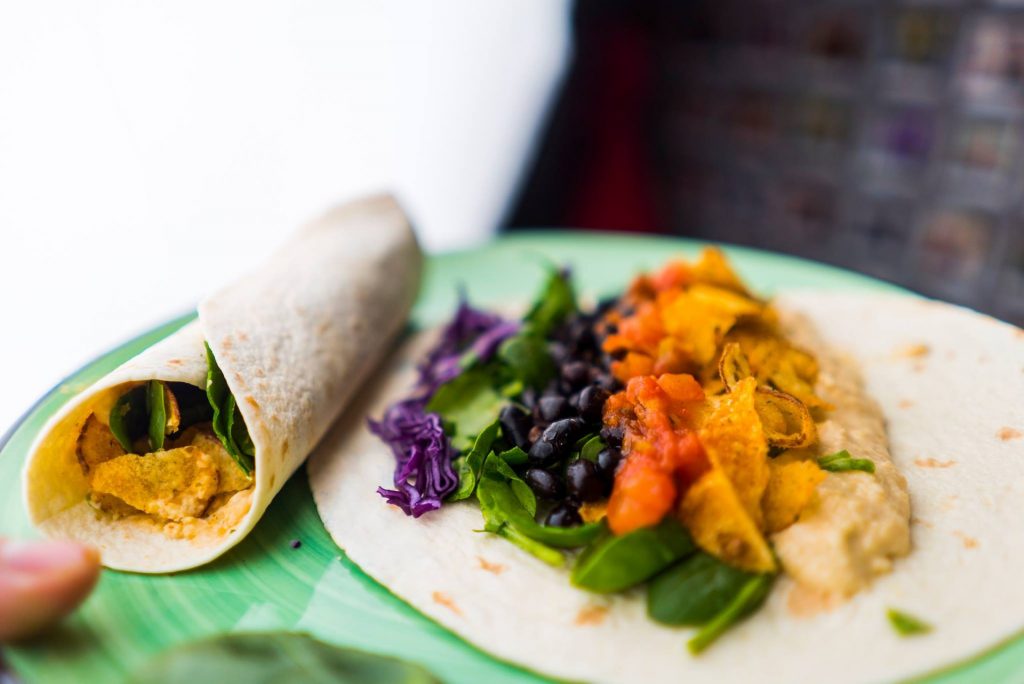
Don’t worry, vegetarians and vegans! Although Berlin is rich with non-veggie restaurants and dishes, it’s also known for its creative vegetarian and vegan options! In fact, in 2016, Germany had the highest number of vegetarians in the modern West. Check out https://www.veganberlin.com/en/ for some great recommendations. Plant power!
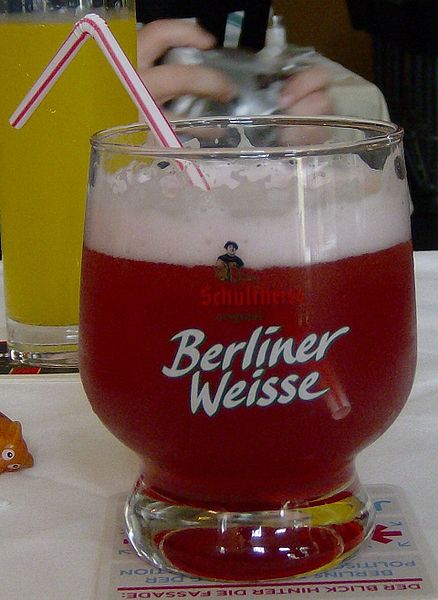
And don’t forget to wash it all down with a foamy bier. Germany takes its beer very seriously, and options abound, from wheat to pale to dark to unfiltered. The regional variation, Berliner Weisse, (pictured above) is cloudy and sour, and dates back to the 16th century!
Berlin also has a large draft beer scene. Raise a pint of locally-brewed beer, and be sure to toast in German: “Prost!”
Do some reading (and drooling) of your own by checking out the list of other local Berlin delicacies or this list of cuisine, which covers all of Germany.
Did we forget something? Leave your recommendations in the comments below!
Thanks for the mention, guys! Great list! 🙂